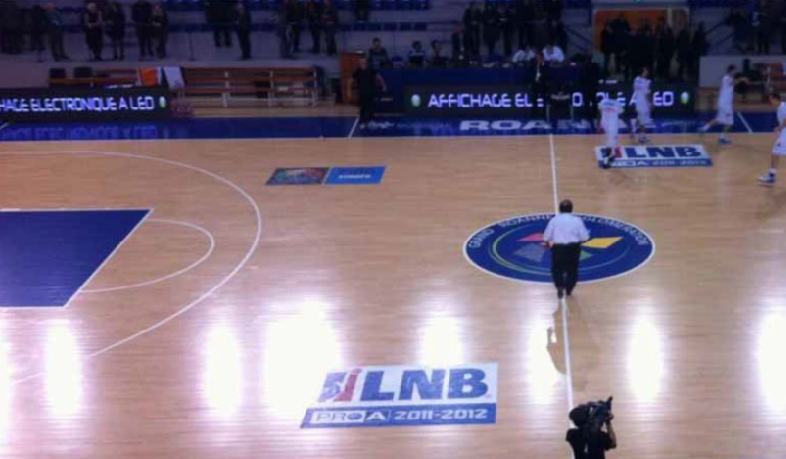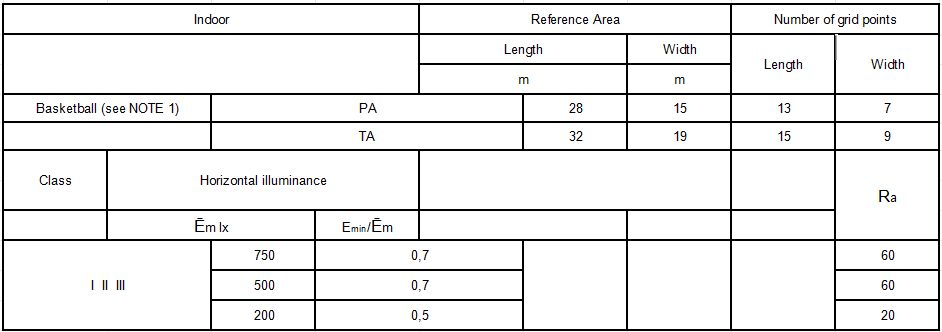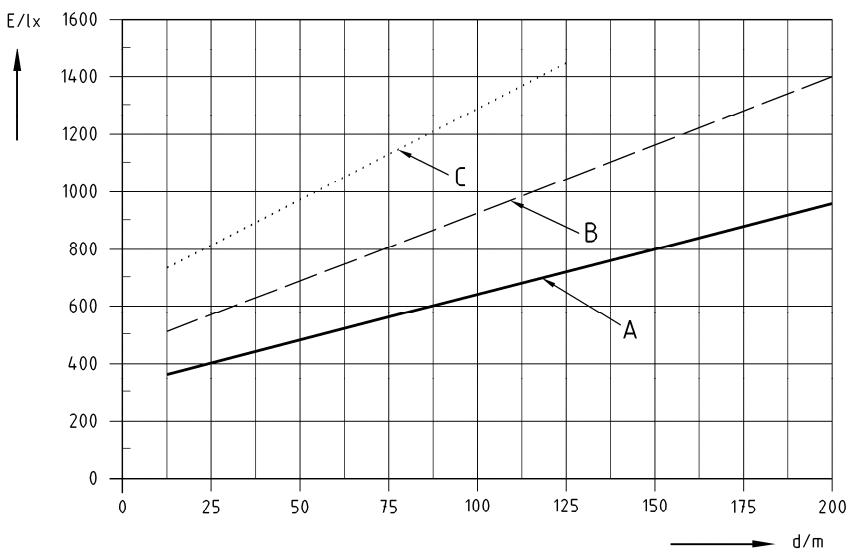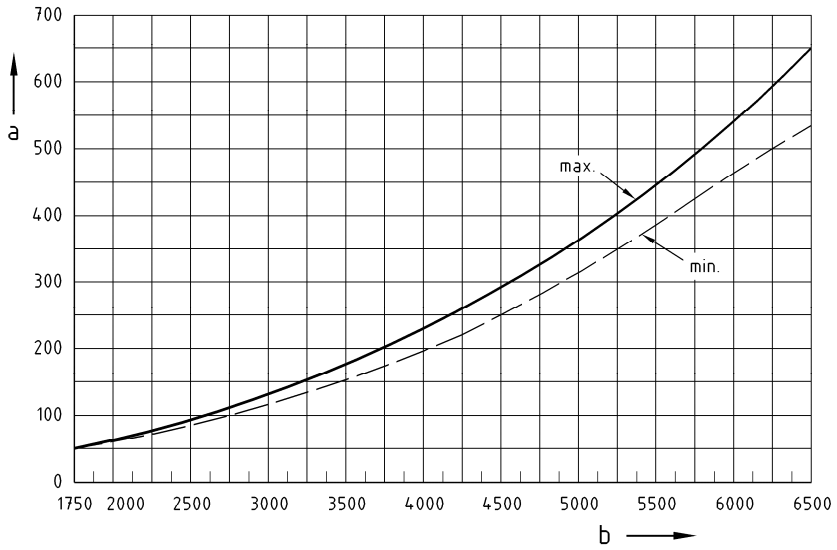Indoor/Outdoor Basketball Court Lighting Standards (EN 12193)

Directory:
1. Basketball Court Lighting General Requirement
2. Indoor Basketball Court Lighting Standards
3. Outdoor Basketball Court Lighting Standards
4. Specific requirements for colour television and film recording
1. Basketball Court Lighting General Requirement
Annex A contains 28 tables of requirements to which, in addition, the following general points apply.
a) All illuminances quoted in the tables are maintained and apply to the principal area (PA).
Furthermore, when total areas (TA) are specified in the tables, their illuminance requirements shall additionally be a minimum of 75 % of those of the principal area (PA) of the sport being considered.
b) In multi-purpose halls better colour rendering than that stated in the tables can be required to reveal the pitch markings.
c) Reference area dimensions are rounded and given only as an indication in order to determine the number of grid points. For exact dimensions the individual sporting federation should be contacted. For some sports there is a variation in the dimensions of the playing area that affects the number of grid points. Typical minimum and maximum dimensions are shown in the tables together with the corresponding number of points.
d) Tables of requirements are based primarily on the needs of the participants. It is necessary to ensure a minimum vertical component. This shall not be less than 30 % of the horizontal level.
e) It is important that the standard of play and spectator viewing distance are both taken into account in selecting the class of lighting to be used. The higher the standard of play and the longer the spectator viewing distance, the higher the class of lighting that shall be selected.
f) Semi-cylindrical illuminances can also be taken into account but no guidance levels have been provided as actual values will be dependant on both viewing positions and type of installation.
The following explanations and Table 3 assist in the selection of the lighting class.
Lighting Class I: Top level competition such as international and national competition which will generally involve large spectator capacities with long potential viewing distances. Top level training can also be included in this class.
Lighting Class II: Mid level competition such as regional or local club competition which generally involve medium size spectator capacities with medium viewing distances. High level training can also be included in this class.
Lighting Class III: Low level competition such as local or small club competition which generally do not involve spectators. General training, physical education (school sports) and recreational activities will also come into this category.
Table 3 - Selection of the lighting class

2. Indoor Basketball Court Lighting Standards

NOTE 1 No luminaires should be positioned in that part of the ceiling, which is above a 4 m diameter circle around the basket.
3. Outdoor Basketball Court Lighting Standards

NOTE For Class I, international competition at top level may justify a surface of 34 m x 19 m for the principal area (PA). The corresponding number of grid points is then 15 x 9.
4. Specific requirements for colour television and film recording
4.1 Vertical illuminance
The illuminance on a vertical plane forms the basis of the lighting requirements for CTV and film systems.
Where vertical illuminance is determined calculation points shall be as specified in the tables of lighting requirements in Annex A, on grid points at 1 m height (default value).
When the main camera has an undefined position somewhere in an area bordering one of the side-lines of say a football pitch, the illuminances on vertical planes facing that side line shall fulfil the requirements for level and uniformity.
On the rare occasions when only one fixed main camera position is defined, it is possible to take the vertical planes on which the requirements shall be fulfilled as those facing the main camera position.
In the case of an unrestricted choice of camera position, the illuminances on vertical planes facing all four sides of the pitch shall betaken into account.
NOTE Where the reference area is not a simple shape like a rectangular football pitch, (e. g. tracks) the orientation of the vertical plane(s) facing the camera position(s) should be decided according to the general principles described in CIE Publication 67.
4.2 Level of vertical illuminance
The levels of vertical illuminance depend mainly upon the speed of action, the shooting distance and the lens angle.
Sports can be divided into three groups, A, B and C characterized mainly by the speed of the action occurring during camera shots and the dimension of the object. These CTV groups are defined in the list of 6.2 (see Table 4).
The knowledge of the maximum shooting distance and the CTV group, for the sport envisaged, allows the corresponding maintained vertical illuminance given in Figure 3 to be determined. This graph is not suitable for situations where slow motion recordings are regularly made. In such situation higher lighting levels are needed.
Figure 3 – Maintained vertical illuminance level as a function of maximum shooting distance

Key
A, B, C CTV groups defined in Table 4.
4.3 Uniformity of vertical illuminance
4.3.1 Uniformity on planes facing a side-line or a fixed main camera position
The vertical illuminance uniformity on planes facing a side-line bordering a main camera area or facing a fixed
main camera position shall be:

where
Ev min is the minimum vertical illuminance, in lx;
Ev ma is the maximum vertical illuminance, in lx.
4.3.2 Uniformity on vertical planes at a grid point
The uniformity of vertical illuminance at a single grid point over the four planes facing the sides of the playing
area shall be:

where
Ev min is the minimum vertical illuminance, in lx;
Ev max is the maximum vertical illuminance, in lx.
4.4 Relation between horizontal and vertical illuminance
As the illuminated field forms a major part of the field of view of the camera, an adequate horizontal illuminance is important. A sufficiently good balance between the horizontal and vertical lighting levels is obtained when the average horizontal illuminance to the average vertical illuminance (relative to each of the main camera areas or main camera positions) is such that:

where
Eh ave is the horizontal average illuminance, in lx;
Ev ave is the vertical average illuminance, in lx.
4.5 Uniformity of horizontal illuminance
The uniformity of the horizontal illuminance on the playing field shall be:
where
Eh min is the minimum horizontal illuminance, in lx;
Eh max is the maximum horizontal illuminance, in lx.
It is also important that there is not too great a change in horizontal illuminance over a given distance. For example on large playing fields such as football pitches the maximum gradient of horizontal illuminance shall be not greater than 25 % change per 5 m .
4.6 Colour temperature of the lighting
In the case of outdoor installations or indoor installations with a significant daylight contribution, the colour temperature of the artificial lighting shall be between 4 000 K and 6 500 K where flood lighting is used during daylight and into dusk. If there is no significant daylight contribution then the range can be extended to between 3 000 K and 6 500 K.
Within the reference area of an installation the colour-temperature shall not deviate from the average value by more than the stated plus and minus limits given in Figure 4.
Figure 4 - Colour temperature tolerances within the reference area

Key
a Deviation in K
b Colour temperature in K
4.7 Colour rendering of the lighting
The general colour rendering index Ra of the lighting shall always be better than 65 with a preferred value of at least 80.
4.8 Light level on surrounding spectators' areas
NOTE For television camera shooting it is desirable that the areas bordering the playing field should be illuminated to a certain extent; namely to an average vertical illuminance level of at least 0,25 times the average vertical illuminance level on the playing area.
5. Related Blog
Led Outdoor Basketball Court Lighting Design Solution
Indoor Basketball Court Lighting System
Indoor/Outdoor Basketball Court Lighting Layout
Basketball Court Lighting Standards Requirements
Indoor/Outdoor Basketball Court Led Lighting Fixtures